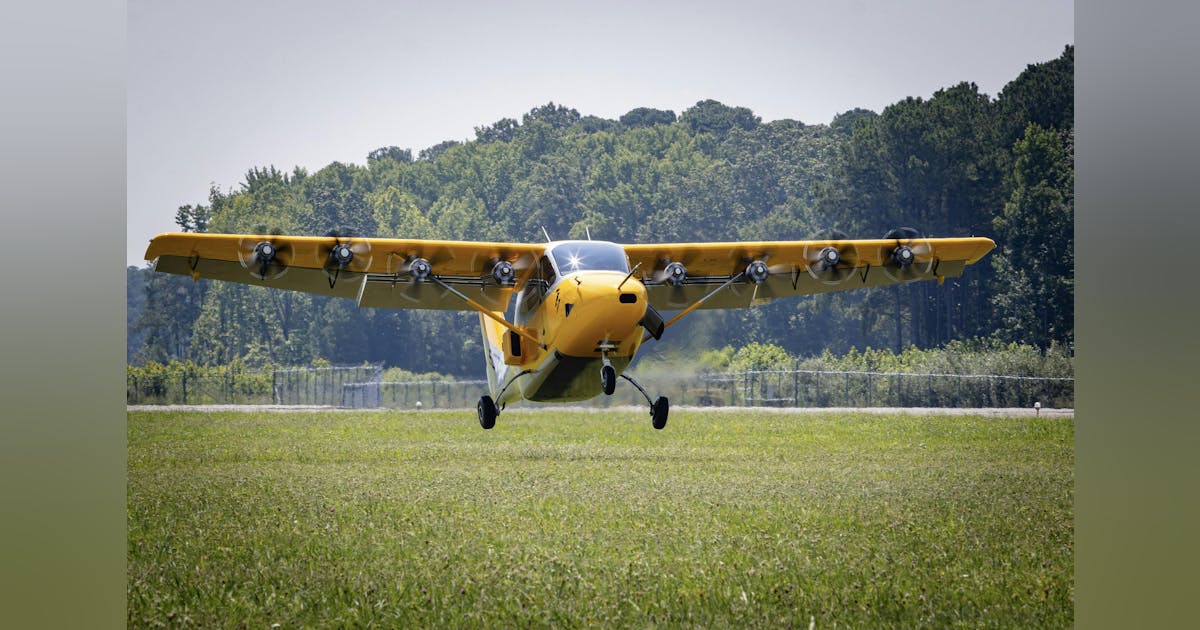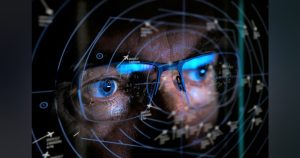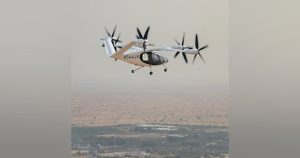U.S. Army Awards Electra Contract to Develop Hybrid-Electric Aircraft Technology
The U.S. Army has awarded Electra.aero, Inc. a $1.9 million contract under the Small Business Innovation Research (SBIR) program to advance hybrid-electric aircraft technology. This significant step is aimed at transforming military aviation with a focus on clean and efficient aircraft solutions. Electra emerges as a leading figure in hybrid-electric propulsion for both military and commercial sectors.
Factors Driving the Army’s Investment
This investment is driven by the military’s need for innovative powertrain, power, and propulsion systems that enhance tactical flexibility and reduce reliance on traditional fuels. The Army faces demands for aircraft that can operate in challenging environments, reflecting broader priorities for defense innovation and climate consciousness.
- Increase operational flexibility: Aircraft should operate from small and rugged sites, beyond traditional infrastructure needs.
- Reduce fuel consumption: Hybrid-electric technologies aim to cut fuel use, bringing logistical and environmental benefits.
- Expand mission range: Advanced powertrains offer extended range and payload capacity akin to fixed-wing designs, while providing vertical lift similar to helicopters.
Introducing Electra and the EL9 Ultra-STOL Aircraft
Electra has already showcased its EL2 prototype capable of ultra-short takeoff and landing (STOL) within 150 feet. Building on this success, they are focusing on the EL9, a nine-passenger Ultra-STOL aircraft designed for both Army and commercial applications.
- Hybrid-electric propulsion: Combines batteries and traditional engines for maximum efficiency and reliability.
- Ultra-STOL capability: Provides operation in confined spaces, expanding deployment possibilities.
- Quiet operations: Electric propulsion offers reduced noise for missions requiring stealth.
- Mobile power generation: Serves as a power hub in forward areas supporting multiple operational needs.
- Cost and safety: Offers the safety and range of fixed-wing designs, with helicopter-like versatility.
- Dual-use design: EL9 is aimed at both military and civilian markets, enhancing its potential.
Contract Scope and Activities
Over the next 18 months, Electra will conduct a range of activities to transition from experimental success to practical Army solutions:
- Trade studies to evaluate the pros and cons of hybrid-electric systems in Army applications.
- Operational analysis to determine real-world use cases.
- Modeling and simulation to forecast performance in various scenarios.
- Flight testing of the EL9 and continued evaluation of the EL2 prototype.
- Technology risk reduction to address safety and reliability concerns.
- Technology evaluation to provide data to Army aviation planners.
Donn Yates, Electra’s Vice President of Government Programs, commented, “This work provides the Army a clear strategy for understanding how hybrid-electric technologies can meet operational demands while redefining what’s possible for Army Aviation.”
Significance of Hybrid-Electric Aircraft
Hybrid-electric aircraft offer a significant leap in aviation, combining helicopter mobility with the speed and safety of fixed-wing planes. For the Army, this translates to:
- Improved logistics in contested areas.
- Reduced supply chain burden due to lower fuel needs.
- Agile basing to keep adversaries uncertain and support rapid maneuvers.
- New mission capabilities in supply, medevac, surveillance, and command roles.
Civilian and Humanitarian Applications
Electra’s efforts reach beyond military contracts, influencing both government and commercial operators towards efficient aircraft for urban mobility and emergency response.
In December 2024, Electra’s EL2 became the first electric aircraft flown by a U.S. government agency head, showcasing the technology’s potential for broader applications.
Future Developments
This marks the sixth contract awarded to Electra for advancing ultra-STOL and hybrid-electric technology. The next 18 months will shape the deployment of new Army aircraft with innovative capabilities.
If successful, expectations include:
- Broader use of hybrid-electric aircraft for various military missions.
- Increased hybrid and electric aviation investment from military and commercial sectors.
- Army strategy shifts around logistics and rapid mobility, driven by efficient platforms.
Electrification in Defense Context
This contract is part of a broader military initiative towards decarbonization and energy resilience, offering paths to:
- Lower greenhouse gas emissions in operations.
- Reduced logistical vulnerabilities related to fuel supply.
- Accelerated innovation through commercial synergies and partnerships.
As Electra leads the transition and the U.S. Army invests, anticipate significant advancements in military aviation and energy strategies in coming years.
For enthusiasts and observers, the rise of hybrid-electric aircraft from companies like Electra promises to combine environmental responsibility with mission readiness. Innovation is poised for takeoff, balancing efficiency with operational needs.













